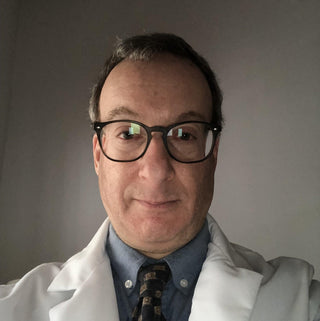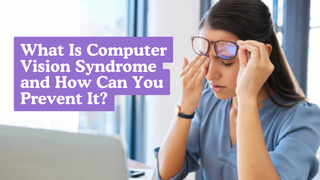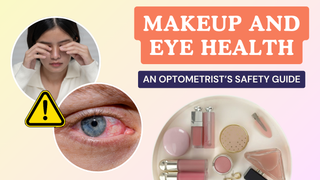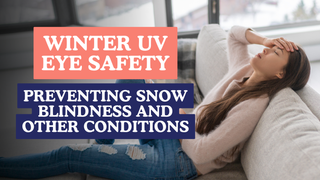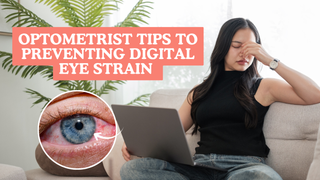Your eyes are invaluable tools for experiencing the world, making good eye health crucial for your overall well-being. This guide explores common eye issues and offers strategies for their prevention. Understanding these conditions and adopting healthy habits can safeguard your vision and ensure your eyes remain in optimal condition.
Common Eye Problems
1. Myopia (Nearsightedness)
Myopia, commonly known as nearsightedness, causes distant objects to appear blurry while close objects remain clearer. It arises from either an elongated eyeball, a steeply curved cornea, and/or alterations of the eye’s natural lens. Myopia will result in the image seen by the eye to focus in front of the retina rather than on it. This condition can progress with age, particularly during childhood and adolescence.
2. Hyperopia (Farsightedness)
Hyperopia, or farsightedness, makes nearby objects appear blurry while distant objects remain clearer. It results from an eyeball that is too short, a cornea that is insufficiently curved, alterations of the eye’s natural lens, and/or pathological causes. Hyperopia will result in the image seen by the eye to focus behind the retina. This condition can be present at birth. Like myopia, hyperopia can sometimes be hereditary.
3. Astigmatism
Astigmatism occurs when the cornea or lens has an irregular shape, leading to distorted vision at all distances. This irregularity prevents light from focusing correctly on the retina. Astigmatism is often present along with myopia or hyperopia. As with all refractive errors, astigmatism requires prescription eyewear or surgery to clear up the distorted or blurred vision.
4. Presbyopia
Presbyopia is an age-related condition where the eye's lens loses flexibility, making it challenging to focus on close objects. It typically starts affecting individuals in their 40’s and worsens with age. Reading glasses or bifocals are common solutions for managing presbyopia. Surgical correction of presbyopia is becoming an increasingly popular option.
5. Cataracts
A cataract involves clouding of the eye's natural lens, resulting in blurred vision and difficulty seeing in low light conditions. Cataracts commonly develop with age but can also stem from injury, certain medications, or medical conditions like diabetes. Cataract surgery is a highly effective treatment for restoring vision.
6. Glaucoma
Glaucoma encompasses a group of eye conditions that damage the optic nerve, often associated with elevated eye pressure. Untreated, it can lead to irreversible vision loss. There are usually no initial symptoms such as redness or pain. This is why it’s imperative to get eye exams on a regular basis. Dr. David Jupiter, an optometrist practicing in Maryland and Delaware, recommends a yearly eye exam (or more frequently, depending on the advice from the eye doctor) for patients at risk for glaucoma. Risk factors include age, background (African, Asian, or Hispanic descent), refractive error (high myopia, hyperopia), use of steroid medications, eye trauma, high eye pressure and/or thin corneas. There are effective treatments for glaucoma that can reduce or prevent further vision loss.
7. Macular Degeneration
Macular degeneration affects the macula. The macula is the central part of the retina (the back layer of the eye) responsible for sharp, detailed vision. It ranks as a leading cause of vision loss among older adults, significantly impairing activities such as reading, driving, and recognizing faces. Lifestyle changes and certain treatments can help manage the condition.
8. Diabetic Retinopathy
Diabetic retinopathy arises from diabetes, causing damage to the blood vessels in the retina. Elevated blood sugar levels lead to vessel swelling, leakage, and abnormal growth, potentially culminating in vision loss without proper management. The longer a person has diabetes, the more likely diabetic retinopathy can develop. However, there are ways to reduce the risk of diabetic eye damage. According to Dr. David Jupiter, getting the blood sugar and blood pressure under adequate control can reduce this risk. A proper diet, exercise regimen and cessation of smoking can help reduce the risk of diabetic retinopathy.
How to Prevent Common Eye Problems
1. Regular Eye Exams
Regular eye exams play a pivotal role in detecting eye issues before these issues lead to serious consequences. Many of these eye issues already discussed can be effectively treated and managed. Adults should undergo comprehensive eye exams every 1-2 years, or more frequently if they possess risk factors for eye diseases. Early detection is key to preventing serious vision problems.
2. Healthy Diet
Consuming a balanced diet rich in fruits, vegetables, and omega-3 fatty acids bolsters eye health. Foods such as carrots, green, leafy vegetables, and fish provide vital nutrients that support optimal vision. A diet rich in antioxidants may have benefits in terms of eye health, according to Dr. David Jupiter. Studies suggest that lutein may help prevent or reduce the progression of macular degeneration. Omega-3 fatty acids may help with dry eyes and perhaps macular degeneration. An antioxidant rich diet may also reduce the risk of retinopathy among diabetics.
3. Protecting Your Eyes
Wearing sunglasses that block 100% of ultraviolet (UV) rays and safety goggles in hazardous work environments shields your eyes from potential harm. UV exposure heightens the risk of conditions like pinguculae, pterygia, cataracts and macular degeneration.
4. Managing Chronic Conditions
Effectively managing chronic conditions such as diabetes and hypertension is critical for averting complications like diabetic retinopathy and hypertensive retinopathy. Regular medical assessments can help control these conditions.
5. Avoiding Smoking
Smoking heightens the likelihood of several eye issues, including cataracts, macular degeneration, and dry eye syndrome. Quitting smoking substantially diminishes these risks and enhances overall eye health.
Safeguarding your eye health is fundamental for preserving your vision and quality of life. By understanding common eye problems and implementing preventive measures, you can protect your eyes and ensure they remain healthy for years to come. Routine eye exams, a nutritious diet, and protective eyewear are pivotal steps toward maintaining optimal eye health.







